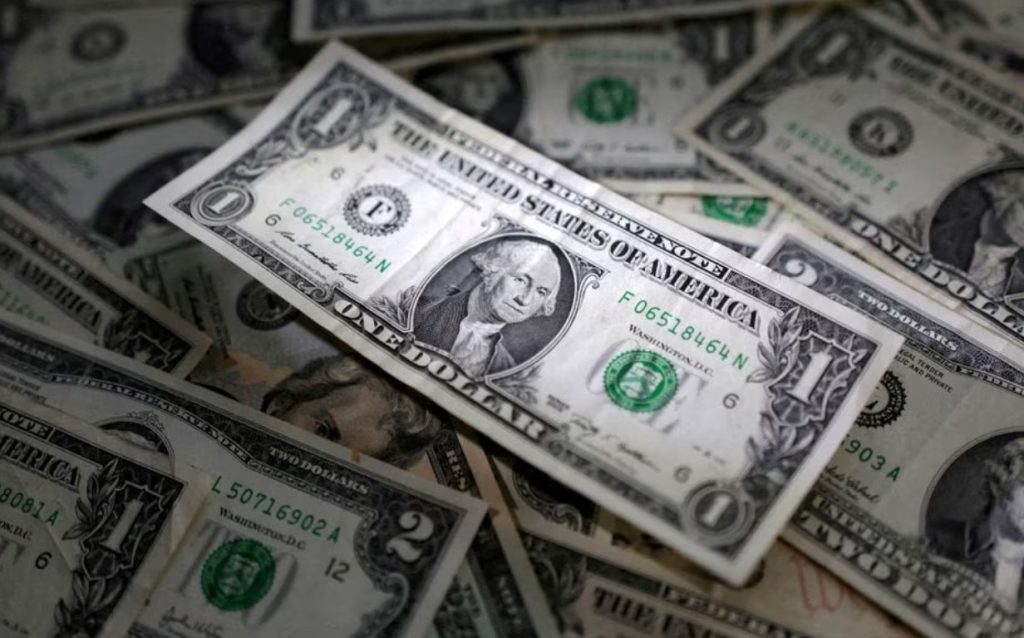
The dollar was firmer on Wednesday leading into Federal Reserve Chair Jerome Powell’s appearance before Congress, where he is expected to strike a hawkish tone, while sterling slipped after hotter-than-expected British inflation data.
The annual pace of British consumer price gains was steady at 8.7% in May, against hopes it had cooled since April. Sterling briefly rose as far as 0.3% against the dollar to $1.2803 before reversing its gains.
At 0845 GMT, sterling was 0.34% down against the dollar at $1.2723.
Adam Cole, chief currency strategist at RBC Capital Markets, said sterling’s weakness may be down to fears that “inflation is high enough and consistent enough for it to become negative for the currency”.
The dollar rose 0.5% against the Japanese yen to 142.15 per dollar after Bank of Japan Governor Kazuo Ueda said on Wednesday the central bank would maintain its ultra-loose monetary policy.
Ueda’s comments reiterated the BoJ’s dovish stance as traders turned their focus to the Fed.
The rally against the yen pushed the U.S. dollar index , which measures the currency against six major peers, up slightly to 102.60. The euro was up 0.1% at $1.0926.
Powell is due to begin his testimony before Congress at 10:00 a.m. ET (1400 GMT).
“Despite having paused last week, the Fed officials … still surprisingly aggressively forecasted another 50 basis points in hikes by end 2023,” said currency analysts at Maybank.
“It is crucial to see whether (Powell) would more strongly drive home the point that the Fed is serious about another 50 bps of hikes or give the impression that they are ‘data dependent’,” they said. “The former may do more to give additional support to send the dollar index and (bond) yields higher.”
Elsewhere there was little appetite for a bounce from either the yuan or the Australian dollar, which have been battered by China’s shaky economic recovery and lack of major stimulus.
China set its yuan midpoint weaker than expected on Wednesday and the currency slid to a new seven-month trough of 7.1987 in onshore trade, while the offshore yuan weakened past 7.2 to the dollar.
The Aussie had taken a further beating thanks to Tuesday’s less-hawkish-than-expected central bank minutes following this month’s rate hike. It was last down 0.37% at$0.676.
“The path of least resistance is further declines,” said Commonwealth Bank of Australia strategist Joe Capurso.
“The Aussie could dip below 0.6700 this week, particularly if Powell is hawkish,” he said.
Bitcoin extended overnight gains to breach $29,000 for the first time since late May, helped by the launch of a new crypto exchange backed by Fidelity, Citadel Securities and Charles Schwab. It was last at $28,824.


























